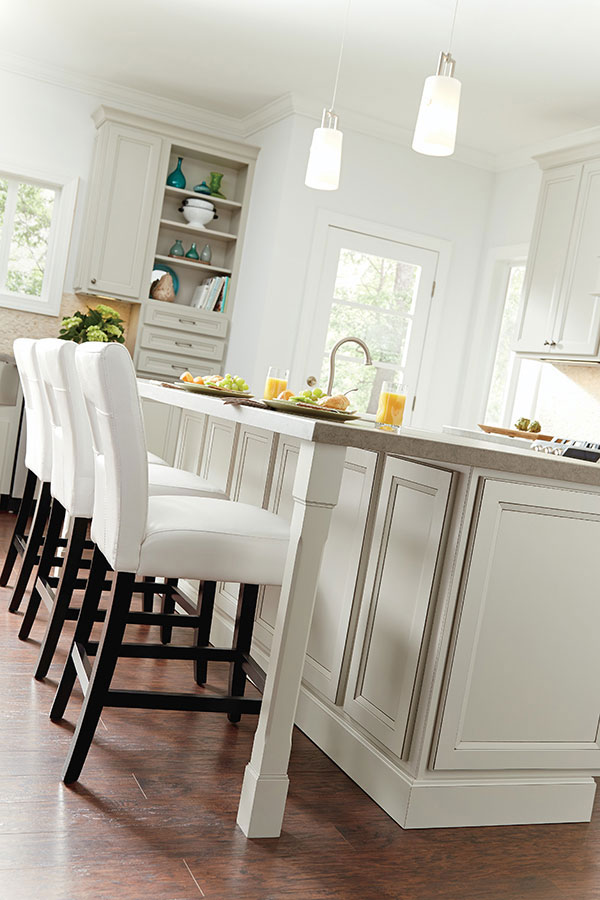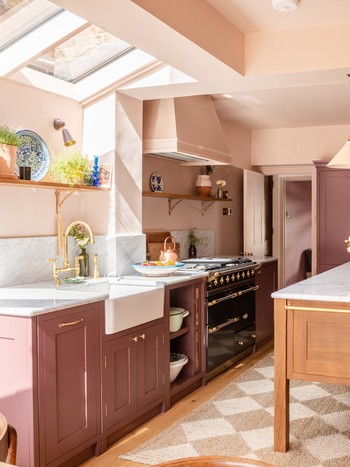Make Best Use Of Versatility with Adjustable Legs For Kitchen Island Functions
Make Best Use Of Versatility with Adjustable Legs For Kitchen Island Functions
Blog Article
Exploring the Various Styles of Legs For Kitchen Island: What You Need to Know
In the realm of kitchen area style, the option of legs for your island is even more than a simple visual choice; it dramatically affects both design and usefulness. From the streamlined refinement of modern-day steel to the classic appeal of standard timber, each choice provides distinct advantages and design possibilities. Industrial designs can present a sturdy personality, while rustic farmhouse legs stimulate a sense of warmth and tradition. Additionally, the emergence of one-of-a-kind attractive legs permits for individual expression within practical furniture. The question continues to be-- just how do you figure out which style best aligns with your vision?
Modern Steel Legs
Modern steel legs have ended up being a preferred choice for cooking area islands, providing both resilience and a streamlined aesthetic. These legs are commonly crafted from materials such as stainless-steel, aluminum, or wrought iron, making them immune to tear and wear, which is necessary in a high-traffic area like the kitchen area. Their durable construction makes certain stability, fitting the weight of hefty countertops and daily use.
In enhancement to their toughness, contemporary steel legs can be found in various layouts, from minimal to industrial styles, permitting homeowners to tailor their cooking area islands to their unique tastes. The reflective surfaces of steel can include a modern touch, enhancing the general illumination of the cooking area space. Additionally, steel legs can be coupled with a large range of counter top products, integrating flawlessly with granite, quartz, and even reclaimed wood.
One more advantage of metal legs is their simplicity of maintenance; they can be just wiped down to eliminate any type of spills or spots, guaranteeing durability and tidiness. Generally, modern steel legs not only offer architectural assistance for cooking area islands yet additionally add dramatically to the aesthetic charm, making them a preferred choice for contemporary kitchen designs.
Typical Timber Legs

Standard wood legs can take numerous forms, consisting of transformed, tapered, or square designs. Square legs provide a durable look, which can develop a sense of security and weightiness in the design - Legs For Kitchen Island.
In addition, wood legs can be stained or repainted to match existing cabinets or decor, giving modification options that improve the total aesthetic of the kitchen. Coupling these legs with a wood kitchen counter or other wooden components can develop a cohesive appearance, highlighting the warmth and character that standard wood gives kitchen islands. Thus, typical timber legs continue to be an ageless selection for those seeking style and functionality in their kitchen style.
Industrial Style Legs

The versatility of industrial legs permits them to complement a variety of countertops, from redeemed timber to polished concrete. Their inherent toughness makes certain resilience, making them ideal for sturdy use. Additionally, the minimalist layout typically related to commercial design legs can improve the total room without frustrating it.
Industrial legs can be incorporated right into various cooking area arrangements, from open-concept rooms to much more portable designs. Ultimately, commercial design legs can change a kitchen area island into a statement item, weding form and feature in an unified way.
Rustic Farmhouse Legs
Rustic farmhouse legs embody a lovely blend of custom and warmth, making them a prominent choice for cooking areas that look for to stimulate a cozy, inviting environment. Identified by their tough construction and all-natural materials, these legs usually feature wood with a distressed surface, showcasing the beauty of blemishes that comes with age. This aesthetic not just reinforces the farmhouse style however also adds character and credibility to the cooking area area.
Generally, rustic farmhouse legs are made with durable, beefy profiles that provide substantial support for the kitchen island. Frequently crafted from recovered timber, they add to a sustainable style while using an one-of-a-kind story with their varied appearances and tones. The natural grain patterns and knots found in these materials improve the aesthetic charm and bring a feeling of nature indoors.
Along with their important source aesthetic value, rustic farmhouse legs can be coupled with different tabletop materials, such as butcher block or rock, developing an unified equilibrium between rustic charm and modern capability. This convenience allows home owners to personalize their kitchen area islands according to personal choices, ensuring that the area continues to be both sensible and fashionable for daily usage.
Distinct Decorative Legs
Regularly forgotten, special ornamental legs can transform important site a common cooking area island right into a statement piece that mirrors individual style and imagination. These legs offer not only as architectural supports but also as imaginative expressions that improve the overall visual of the cooking area.
Readily available in a selection of layouts, unique attractive legs can range from detailed wrought iron scrollwork to boldly turned wood patterns. For those leaning towards a much more modern look, streamlined steel legs in geometric shapes can provide a minimal yet attractive allure. Redeemed timber legs with artisanal outlining bring heat and character, straightening with sustainable layout concepts.
Integrating one-of-a-kind ornamental legs into your kitchen island permits endless customization. Color, structure, and type can be manipulated to balance with existing decoration or to present an exciting comparison. For example, coupling a rustic wood top with refined brass legs develops a striking association that attracts the eye.
Ultimately, selecting one-of-a-kind decorative legs is a chance to reveal personal taste while guaranteeing functionality. By focusing on both style and toughness, property owners can produce a kitchen island that not only stands out yet likewise works as a practical focal point for culinary endeavors.
Conclusion
Modern steel legs give a smooth appearance, while traditional timber legs supply heat and character. Industrial-style legs present a metropolitan appeal, and rustic farmhouse legs highlight natural elegance and sturdiness.
A selection of typical wood home legs can boost the charm and heat of cooking area islands, appealing to homeowners that favor a timeless visual. Combining these legs with a timber countertop or various other wood components can develop a cohesive appearance, highlighting the heat and character that standard wood brings to kitchen islands. Modern steel legs offer a sleek appearance, while traditional timber legs provide heat and personality. Industrial-style legs introduce a city allure, and rustic farmhouse legs highlight all-natural charm and durability. Unique decorative legs serve as a method of personalization, making sure that the kitchen area island not just supports sensible use but likewise improves the overall design of the kitchen.
Report this page